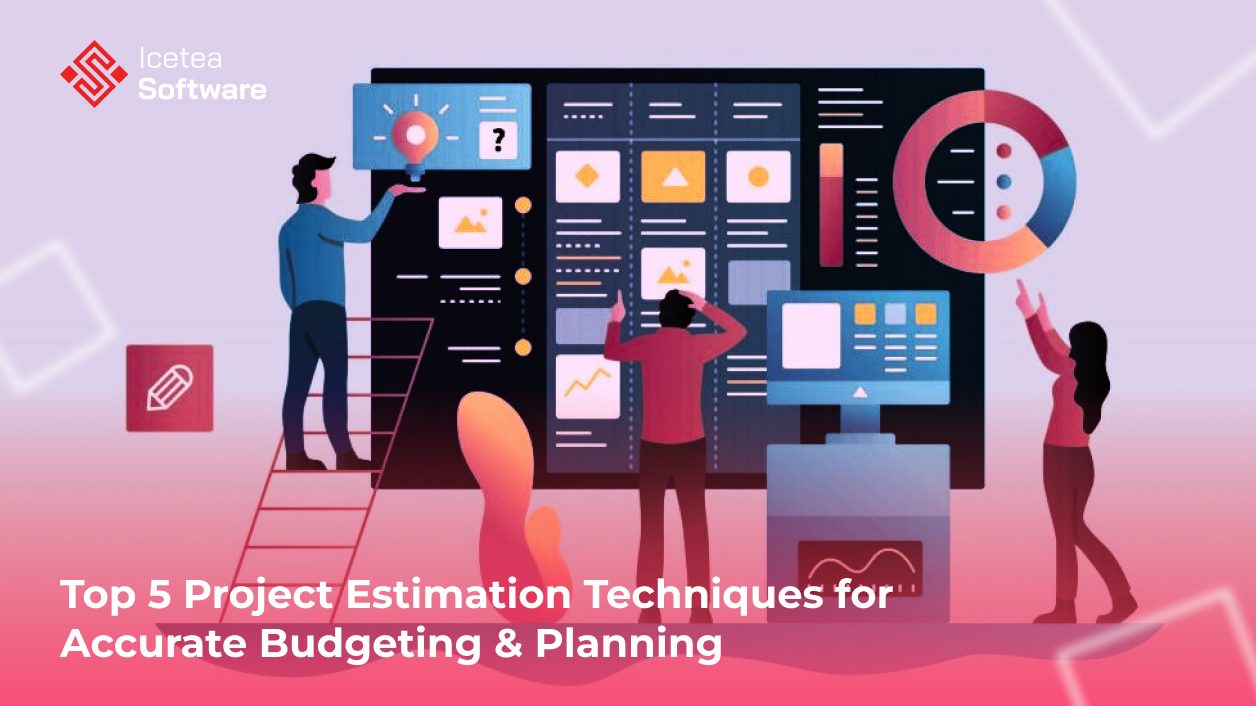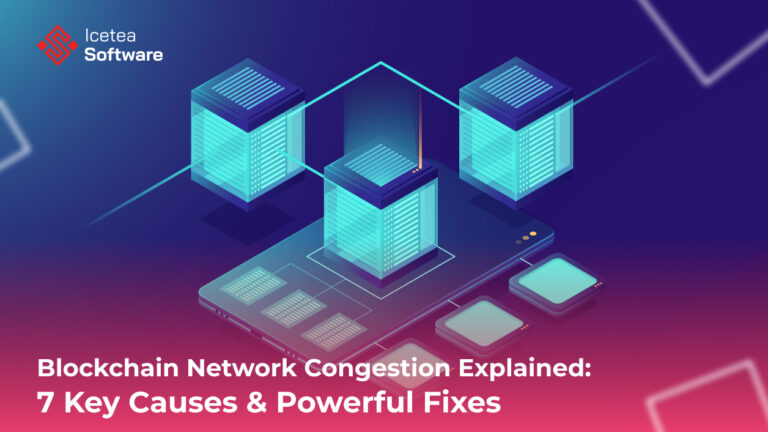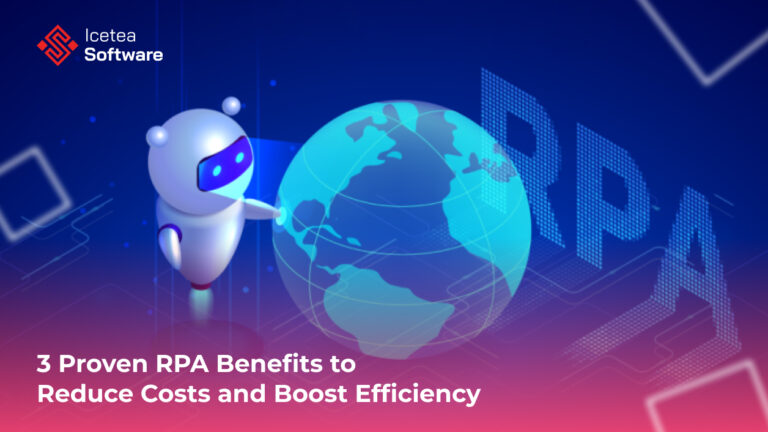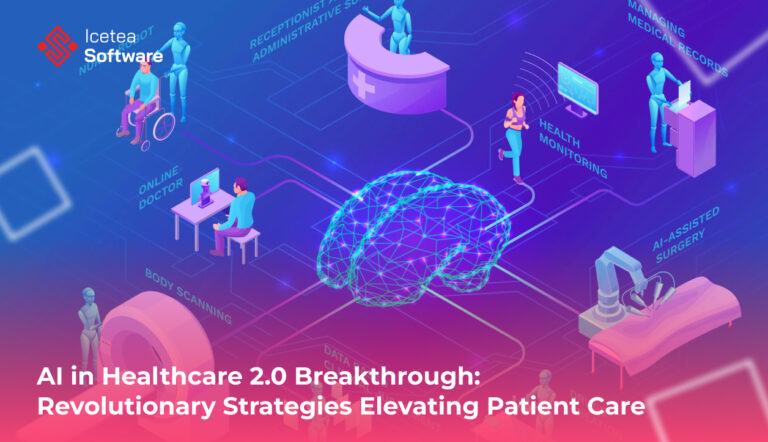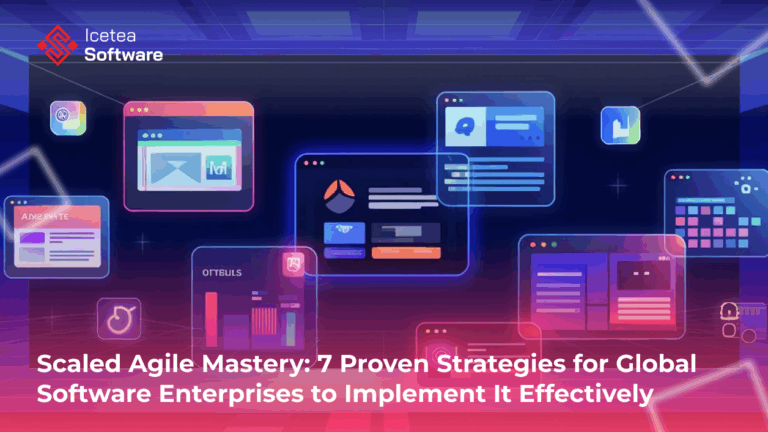Top 5 Project Estimation Techniques for Accurate Budgeting & Planning
Project estimation is an essential process that serves as the cornerstone for planning, budgeting, and resource allocation. In any project, having a clear idea of the time, effort, and financial resources needed is crucial for success. However, achieving an accurate estimate is challenging because of various uncertainties and assumptions. In this comprehensive guide, we delve deep into the top 5 project estimation techniques and offer additional best practices to help you refine your estimation process. With this knowledge, you can keep your projects on track and within budget while mitigating risks and surprises.
Top 5 Project Estimation Techniques
Below, we explore each technique in detail, discussing their benefits, challenges, and practical applications.
1. Top-Down Estimation
Overview:
Top-down estimation is a traditional method that begins by setting an overall timeframe for the project and then breaking it down into smaller phases and tasks. Tools such as the Work Breakdown Structure (WBS) are often used to segment the project into manageable parts.
Benefits:
- Deadline Focus: This technique is particularly useful when a client imposes a strict deadline. It allows project managers to prioritize tasks in a way that meets the final deadline.
- Quick Overview: Since you start with an overall estimate, you can quickly determine whether a project is feasible within the given constraints.
- Simplified Communication: It provides a clear picture to clients and stakeholders, making it easier to explain how the project will be executed within a specific timeframe.
Challenges:
- Lack of Detail: The method may overlook complexities in individual tasks. Detailed aspects might be underestimated, leading to potential oversights.
- High-Level Assumptions: Since the estimates are derived from an overall project view, assumptions made at the top level may not translate accurately to individual tasks.
Practical Application:
Top-down estimation works well during the early phases of project planning when a high-level overview is required. It is best suited for projects where the deadline is non-negotiable, and there is limited time to conduct detailed analysis for every component. Use this method to set the initial framework, then refine it using more detailed techniques like bottom-up estimation for specific areas.
2. Bottom-Up Estimation
Overview:
Bottom-up estimation takes a detailed approach by estimating the duration and cost of each individual task and then aggregating these figures to form the overall project estimate. This method requires breaking down the project into its smallest components before estimating each element’s needs.
Benefits:
- High Accuracy: By focusing on individual tasks, you achieve a more precise overall estimate, as every component is scrutinized.
- Identification of Bottlenecks: It helps in identifying specific tasks that might be resource-intensive or prone to delays.
- Enhanced Accountability: Teams can better understand their responsibilities since each task’s estimation is clear and documented.
Challenges:
- Time-Consuming: The level of detail required can make this method labor-intensive and time-consuming, especially for large projects.
- Complex Coordination: Aggregating estimates from various sources requires careful coordination and consistent methodology among team members.
- Potential Over-Engineering: Sometimes, the high level of detail can lead to over-complication, where the estimation process itself becomes a project.
Practical Application:
Bottom-up estimation is ideal for projects where accuracy is paramount, and there is sufficient time to conduct a detailed analysis. This method is particularly beneficial for complex projects with many moving parts. It’s also useful in environments where historical data on similar tasks is available, as this data can inform more accurate task-level estimates.
3. Three-Point Estimation
Overview:
Three-point estimation refines the bottom-up approach by addressing uncertainties inherent in project planning. Instead of relying on a single figure for each task, it involves three separate estimates:
- Optimistic Estimate: The best-case scenario where everything goes as planned.
- Most Likely Estimate: The expected scenario under normal circumstances.
- Pessimistic Estimate: The worst-case scenario where potential issues cause delays.
The final estimate is derived by averaging these three figures, which helps to balance optimism and caution.
Benefits:
- Balanced Perspective: It considers various scenarios, which provides a more realistic overall estimate.
- Risk Management: By explicitly planning for worst-case scenarios, it enables better risk management and contingency planning.
- Flexibility: This method can be adapted for both individual tasks and overall project estimation.
Challenges:
- Requires Judgment: The quality of the estimates depends on the project manager’s ability to accurately forecast optimistic and pessimistic scenarios.
- Data Intensive: Inaccurate assumptions in any of the three estimates can skew the final result.
- Time-Consuming: Similar to bottom-up estimation, collecting three separate estimates for each task requires additional time and effort.
Practical Application:
Use three-point estimation when dealing with high-risk or highly uncertain tasks. It’s particularly useful for projects that involve new technologies or unfamiliar processes where historical data might not be readily available. This technique ensures that the final estimation reflects a balanced view of potential risks and rewards.
4. Analogous Estimating
Overview:
Analogous estimating leverages historical data from similar projects to inform the estimates for a current project. It’s a top-down technique where past project metrics are used as a reference point.
Benefits:
- Quick and Efficient: This method is fast since it relies on existing data, which can save time during the planning phase.
- Useful for Initial Estimates: It is particularly effective for creating preliminary estimates when little project-specific detail is available.
- Cost-Effective: It reduces the need for extensive analysis, making it a cost-effective option in resource-limited environments.
Challenges:
- Data Dependence: The accuracy of the estimate is highly dependent on the availability and relevance of historical data.
- Less Granular: Since it relies on a high-level overview, this method may not capture unique aspects of the current project.
- Potential for Bias: Past projects might not have been managed with the same efficiency, and any errors in those estimates could be carried over.
Practical Application:
Analogous estimating is best used in the early stages of project planning or when similar projects have been executed successfully in the past. It is particularly effective for projects in industries where standardized practices and repeatable processes exist. Always validate the historical data to ensure it aligns with the current project’s scope and context.
5. Expert Judgment
Overview:
Expert judgment involves consulting with professionals who have extensive experience in managing similar projects. These experts provide estimates based on their practical knowledge, lessons learned, and industry expertise.
Benefits:
- Speed and Efficiency: Experts can provide rapid estimates without the need for detailed breakdowns, which is particularly useful in fast-paced environments.
- Proven Experience: Leveraging insights from seasoned professionals helps to avoid common pitfalls and unanticipated challenges.
- Versatility: This approach can be integrated with other estimation techniques, serving as a benchmark for more detailed analysis.
Challenges:
- Subjectivity: The accuracy of expert judgment may vary based on individual biases or experiences, and it can sometimes lack consistency.
- Limited Documentation: Without a structured framework, it might be challenging to document the rationale behind the estimates.
- Potential Over-Reliance: Relying solely on expert judgment without cross-verification from other methods could lead to overly optimistic or pessimistic estimates.
Practical Application:
Expert judgment is particularly valuable during the initial planning phase when quick decisions are needed. It should be used in conjunction with other estimation techniques to validate the estimates. When incorporating expert insights, ensure that the experts have recent and relevant experience to the project at hand.
Enhancing Your Project Estimation Process: A Comprehensive Checklist
To further improve the accuracy and reliability of your project estimation, consider using the following checklist that covers essential aspects:
1. Cost Estimation
- Direct Costs: Calculate the expenses directly tied to project execution, such as labor, equipment, and materials.
- Indirect Costs: Include overhead expenses such as project management, utilities, rent, and quality control.
- Contingency Budget: Allocate funds for unforeseen issues, ensuring that you have the flexibility to handle unexpected expenses.
2. Scope Estimation
- Objectives and Deliverables: Clearly define the project’s goals and the tangible outputs.
- Task Breakdown: Identify all the tasks and milestones necessary to achieve the final deliverable.
- Assumptions and Constraints: Document assumptions and potential risks that may impact the project’s scope.
- Stakeholder Requirements: Include input from all key stakeholders to ensure that the scope aligns with expectations.
3. Time Estimation
- Task Duration: Estimate the time required for each individual task.
- Meeting and Communication: Factor in time for team meetings, reporting, and client communications.
- Buffer for Delays: Include a time buffer to account for unexpected delays such as supply chain issues or client approvals.
- Detailed Timeline: Create a detailed project schedule that outlines milestones, dependencies, and critical paths.
4. Resource Estimation
- Human Resources: Assess the availability and capacity of team members, including considerations for vacations, sick leave, or training needs.
- Material and Equipment: Identify all necessary tools, technology, and materials required for project completion.
- Vendor and Contractor Involvement: Account for external resources and ensure they align with the project timeline.
- Historical Data: Leverage data from past projects to inform resource needs and potential bottlenecks.
5. Risk Estimation
- Identification of Risks: List potential risks, including scheduling, technical, and external factors.
- Risk Impact Assessment: Evaluate the potential impact of each risk on the project’s timeline, cost, and quality.
- Mitigation Strategies: Develop strategies to mitigate identified risks, including contingency plans and resource reallocation.
- Monitoring and Updates: Establish a process for continuous risk monitoring and regular updates throughout the project lifecycle.
Best Practices for Project Estimation
Beyond the core techniques and checklist items, here are some best practices to further enhance your project estimation process:
- Use Historical Data Wisely: Whenever possible, refer to data from past projects. Analyze what went well and what didn’t to improve future estimates.
- Engage the Entire Team: Involve team members from different functions in the estimation process. This collaborative approach often uncovers details that a single estimator might miss.
- Review and Revise Regularly: Project estimation should be a living document. Regular reviews and adjustments help incorporate new information and mitigate evolving risks.
- Invest in Training: Equip your team with the necessary skills and tools for effective estimation. Familiarity with estimation software and techniques can greatly improve accuracy.
- Document Assumptions: Keep a detailed record of all assumptions made during estimation. This documentation will be invaluable if adjustments are needed later.
- Communicate Transparently: Maintain open communication with stakeholders regarding the assumptions, risks, and uncertainties inherent in any estimate.
- Adopt a Hybrid Approach: Rarely does one technique fit all situations. Combining methods, such as using expert judgment to validate bottom-up estimates, often yields the most reliable outcomes.
Final Thoughts
Accurate project estimation is not just about crunching numbers—it’s about creating a robust, adaptable framework that can handle the uncertainties of any project. By leveraging the top 5 project estimation techniques discussed in this guide, you can build a more reliable, transparent, and efficient planning process.
Coupled with a detailed checklist covering costs, scope, time, resources, and risks, these techniques form a comprehensive approach to project estimation. The best practices and implementation strategies discussed above will help you manage uncertainties, allocate resources efficiently, and deliver projects on time and within budget.
By embracing these methods, you not only improve your estimation accuracy but also build stronger client relationships, as stakeholders will appreciate the transparency and thorough planning that goes into every project. In today’s competitive business environment, mastering project estimation is a critical skill that can set your organization apart, driving success and sustainable growth over the long term.
Investing time and effort into refining your project estimation process is an investment in your project’s future—ensuring that every project is set up for success from the very start.
————————————
𝐈𝐜𝐞𝐭𝐞𝐚 𝐒𝐨𝐟𝐭𝐰𝐚𝐫𝐞 – 𝐂𝐮𝐭𝐭𝐢𝐧𝐠 𝐄𝐝𝐠𝐞 𝐓𝐞𝐜𝐡𝐧𝐨𝐥𝐨𝐠𝐢𝐞𝐬
𝐖𝐞𝐛𝐬𝐢𝐭𝐞: iceteasoftware.com
𝐋𝐢𝐧𝐤𝐞𝐝𝐢𝐧: https://www.linkedin.com/company/iceteasoftware/
𝐅𝐚𝐜𝐞𝐛𝐨𝐨𝐤: https://www.facebook.com/IceteaSoftware/
𝐓𝐰𝐢𝐭𝐭𝐞𝐫: https://x.com/Icetea_software
